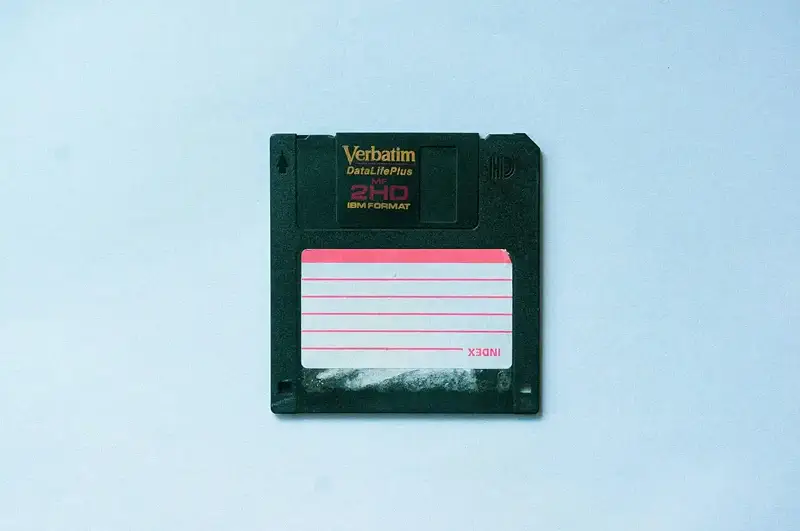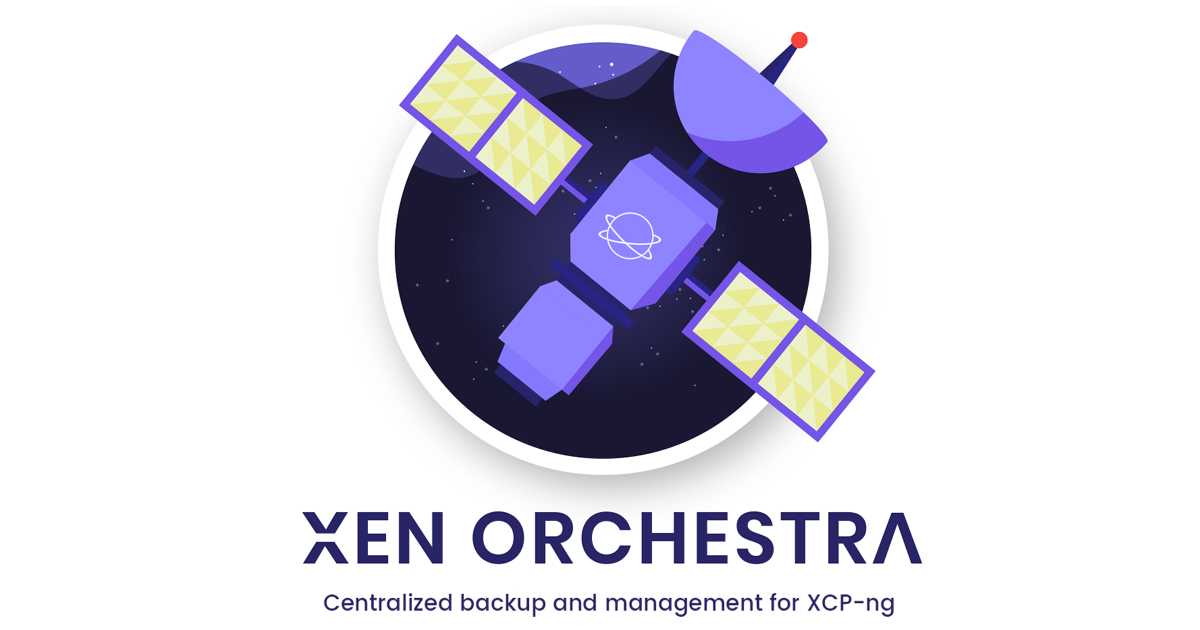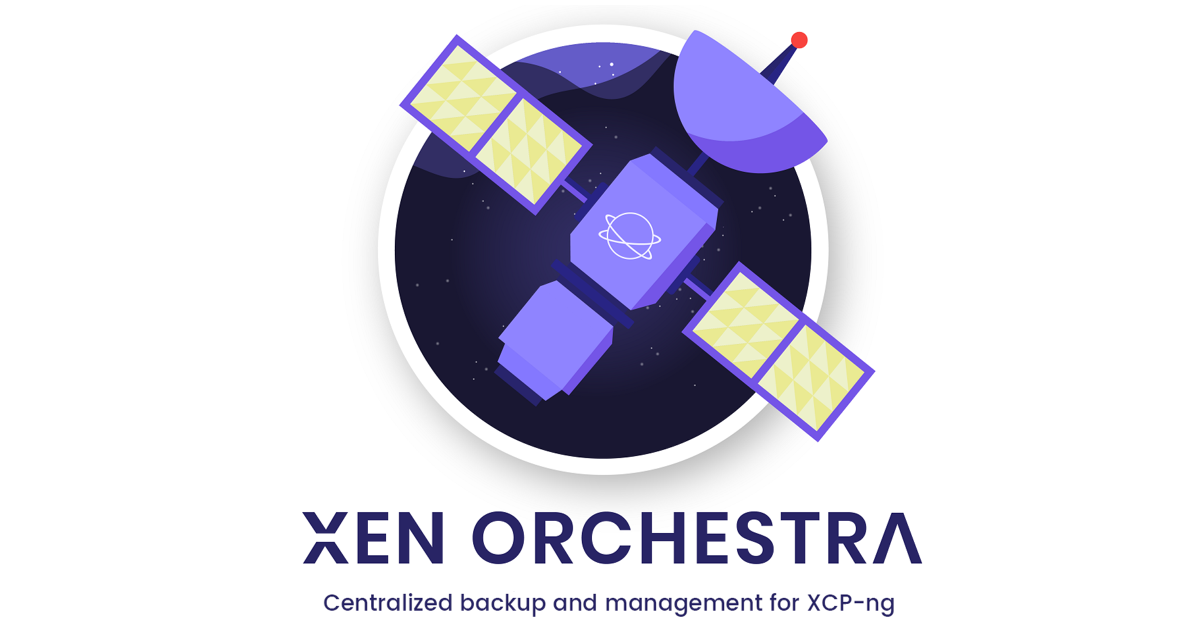Choosing the right backup strategy
Xen Orchestra provides fast, flexible, and cost-efficient backup and replication to meet your RTO and RPO needs

As an IT decision maker, designing an effective backup strategy requires balancing cost, complexity, and business requirements. Xen Orchestra provides a comprehensive suite of backup and replication options tailored to different Recovery Time Objectives (RTO) and Recovery Point Objectives (RPO) while optimizing operational costs.
🧭 Understanding your options
Xen Orchestra offers five key capabilities that define a robust and modern data protection strategy:
1. Traditional backups
Standard backup operations that create point-in-time snapshots of your virtual machines, stored on designated backup repositories. Exists in Full and incremental flavors.

Learn more about backup types in the official backup overview
2. Pool-to-pool replication
Scheduled replication of VMs between different XenServer pools, providing faster recovery capabilities with configurable replication intervals. Exists in Full and incremental flavors.
Multiple backups and replication targets can be combined in the same backup job, reading the VM data only once, and using the same snapshot.
3. Mirror backup
Secondary replication of existing backups to additional storage locations, creating multiple copies for enhanced protection.
4. Immutable backups
Write-once, read-many backup storage that prevents tampering or accidental deletion, crucial for ransomware protection, even in case where XO is compromised. XO supports "object lock" from object storages (S3). Vates also provides separate scripts to build you own immutable backup server, completly disjoined from XO to ensure a XO compromission won't impact the data.

How immutability works in XO
5. Health check validation
Automated testing of backups and replicas to ensure recoverability when needed. Advanced Health check can ensure that the application layer is ready to start, instead of only checking for the VM ability to boot.
6. Backup encryption
Encryption ensure any data from XO to and from the Backup Repository is encrypted. In addition to the obvious safety benefit, the authenticated algorithm used ensure the data at restore time are exactly how they were at the backup time, or at least raise an error.

These options are explained in more detail in the official documentation
⚙️ Cost-effective strategy framework
Your optimal backup strategy depends primarily on two metrics: Recovery Time Objective (RTO), which determines how quickly you need systems operational after a failure, and Recovery Point Objective (RPO), which defines how much data loss is acceptable in terms of time.
Regardless of the values you set for RTO and RPO, industry best practices provide a baseline. The 3-2-1 rule calls for three copies of critical data, stored on two different types of media or locations, with one of those copies kept offsite. The more advanced 3-2-1-1-0 rule adds an immutable or air-gapped copy to protect against ransomware and demands zero errors through systematic health check validation. Xen Orchestra’s features align naturally with both frameworks. For example, a simple backup job targeting multiple repositories achieves the 3-2-1 setup, while S3 object lock or Vates’ immutable backup scripts enable compliance with the enhanced standard.
Even organizations with limited budgets should prioritize meeting the 3-2-1 baseline before exploring advanced optimizations. This ensures essential protection against common threats such as hardware failures, human mistakes, and ransomware attacks.
🏷️ Strategy profiles by business requirements
The right combination of features depends on the criticality of your systems. For mission-critical workloads (Tier 1), where downtime must be measured in minutes and RPO kept near zero, pool-to-pool replication with intervals of 15 to 30 minutes is the most effective choice. These environments should also include daily immutable backups, health checks on both primary and replica systems, and ideally mirror backups to a third location. While this setup requires significant investment in infrastructure and bandwidth, it delivers maximum resilience—ideal for financial systems, e-commerce platforms, and critical databases.
For business-critical systems (Tier 2), a more balanced approach may be appropriate. Hourly backups paired with replication every four hours, weekly immutable snapshots, and twice-weekly health checks deliver strong protection without the overhead of a Tier 1 setup. This strikes a cost-effective balance for ERP systems, collaboration platforms, or departmental databases.
Standard business systems (Tier 3), where RTO and RPO can be measured in hours, may only need daily backups, weekly full backups, and occasional replication. Adding monthly immutable snapshots and quarterly health checks ensures protection without straining resources.
Finally, archival and compliance-focused systems (Tier 4) usually only require weekly backups, long retention policies, and occasional immutable or replicated copies. The priority here is long-term data integrity at minimal operational cost rather than performance.
🛡️ Hybrid protection: Combining VM-level and application-level strategies
Xen Orchestra provides robust VM-level protection, but for some workloads—particularly databases and transactional systems—supplementing this with application-level strategies can significantly improve RPO and recovery flexibility.
Consider a PostgreSQL or MySQL deployment using write-ahead logging (WAL). While Xen Orchestra handles daily VM backups and four-hour replications, the database itself can continuously ship WAL files to a remote server. This hybrid setup allows point-in-time recovery within the WAL retention period, cutting potential data loss from hours to mere minutes. A similar approach benefits Exchange servers, where transaction logs can be backed up every fifteen minutes, ensuring minimal email loss even if a full VM restore is required. File servers and ERP systems also benefit from combining VM-level protection with application-native exports or real-time synchronization, allowing for faster and more granular recovery.
The implementation of hybrid protection requires careful planning. First, identify applications that already provide native backup options and compare their RPO requirements with what VM-level protection can achieve. Then, integrate these two layers by maintaining Xen Orchestra as your primary disaster recovery platform while using application-specific backups for granular restore needs. Scheduling must be coordinated to avoid resource conflicts, and both recovery paths should be tested regularly. While this dual approach introduces additional costs and complexity, it is particularly valuable for Tier 1 systems where improved RPO is worth the investment.
🧩 Implementation strategy
The first step in building a strategy is assessment. Workloads should be categorized according to their business impact, and downtime costs should be calculated to justify investment levels. Compliance requirements may also dictate specific approaches to backup and retention.
When optimizing storage, incremental backups help minimize space requirements, while compression (zstd where available) reduces the footprint of full backups.
Retention policies should be designed to match business needs, using a tiered approach that balances daily, weekly, and monthly copies. Use the right storage for the right needs, from fast, near storage to allow for fast recovery, to slow and cheap but durable offsite storage with long term retention for archiving and retention.
Network planning is equally important: pool-to-pool replication requires sufficient bandwidth, and large backup operations should be scheduled during off-peak hours. Especially offsite backup can be the tie breaker between a job writing to multiple backup repository and multiple backup and mirror jobs chained.
Finally, don’t rely on automation alone. Alerts and automated health checks are critical, but organizations should also perform periodic full restore tests and maintain up-to-date documentation for each recovery procedure.
📌 Conclusion
Xen Orchestra's flexible backup and replication capabilities allow you to implement a cost-effective strategy tailored to your specific business requirements. By aligning your backup approach with actual RTO and RPO needs rather than applying a one-size-fits-all solution, you can optimize costs while ensuring adequate protection.
The key is to start with a clear understanding of your business requirements, implement a tiered approach that matches protection levels to business criticality, and continuously validate that your backup strategy meets its objectives through regular testing and health checks.
Remember: the best backup strategy is one that you can afford to implement, maintain, and rely on when disaster strikes.




